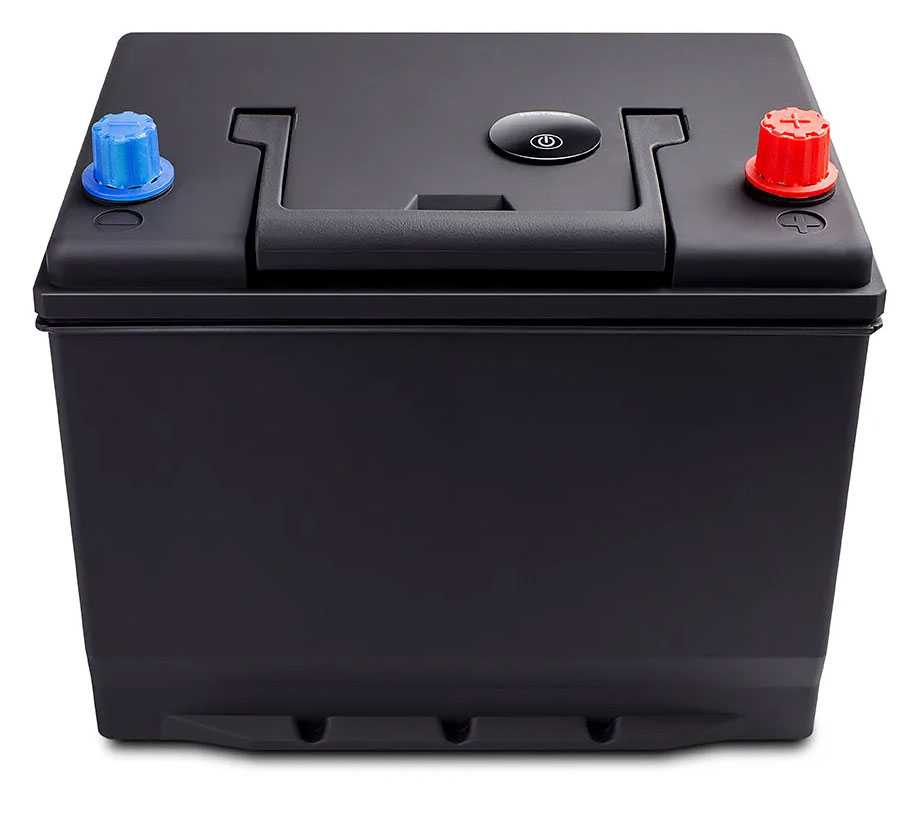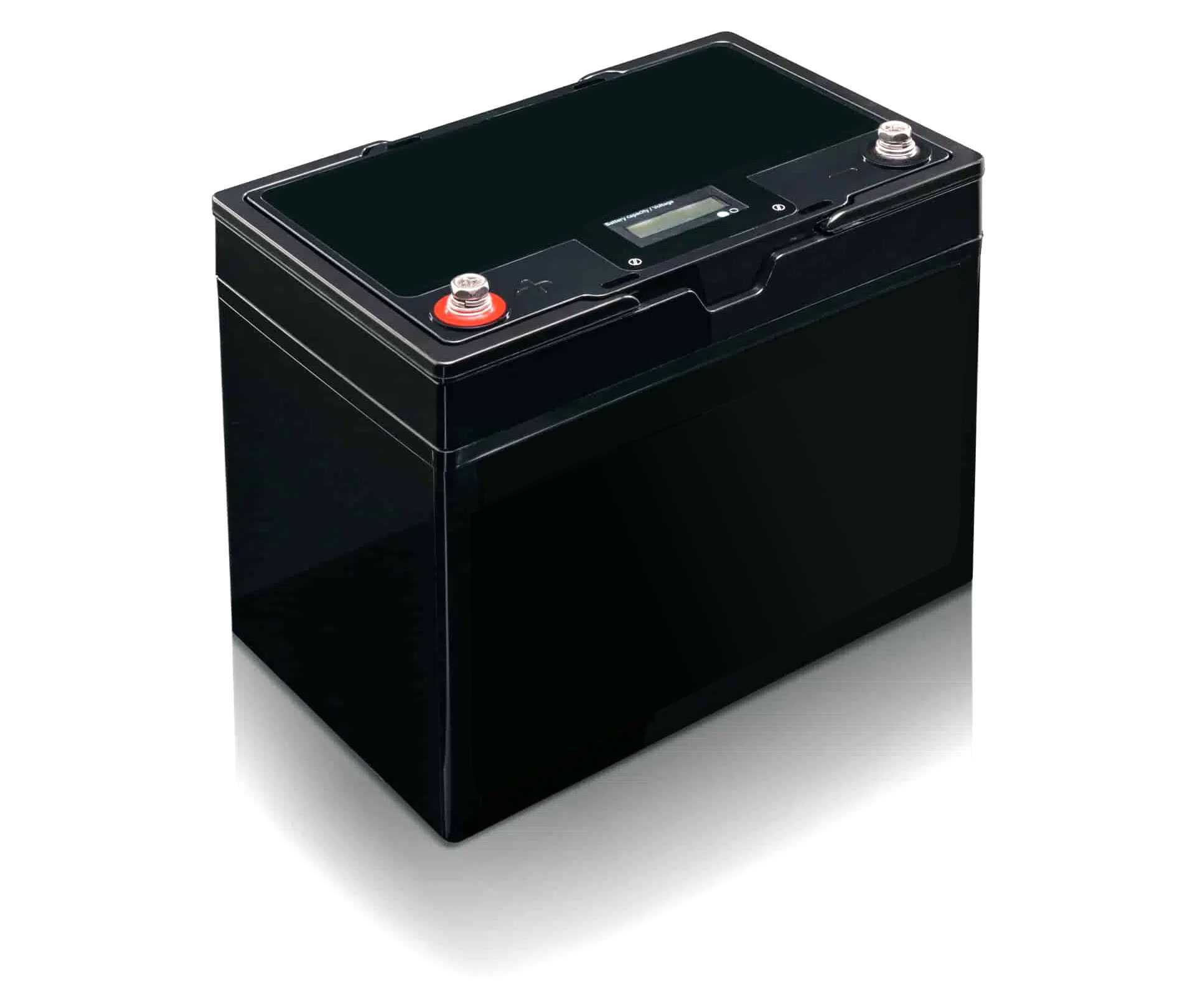Why Lithium Batteries Are Ideal for Electric Scooters
Lithium batteries are widely regarded as the best option for electric scooters due to their numerous advantages, including higher energy density, faster charging times, and longer lifespans compared to traditional battery types like lead-acid. These benefits make lithium batteries a practical choice for enhancing the performance and efficiency of electric scooters.
How Do Lithium Batteries Work in Electric Scooters?
Lithium batteries operate by moving lithium ions between the anode and cathode during charging and discharging cycles. In electric scooters, these batteries provide power to the motor, lights, and other electronic components. When the battery is charged, lithium ions move from the cathode (often made of lithium cobalt oxide) through an electrolyte to the anode (usually graphite). During discharge, this process reverses, providing electrical energy to power the scooter.Chart: Basic Operation of Lithium-Ion Batteries
| Stage | Process Description |
|---|---|
| Charging | Lithium ions move from cathode to anode |
| Discharging | Lithium ions move back from anode to cathode |
| Energy Release | Electrons flow through the circuit, powering the scooter |
What Are the Advantages of Using Lithium Batteries for Electric Scooters?
Lithium batteries offer several key advantages for electric scooters:
- High Energy Density: They store more energy in a smaller and lighter package compared to lead-acid batteries.
- Fast Charging: Lithium batteries can be charged quickly, often reaching 80% capacity in just a couple of hours.
- Longer Lifespan: They typically last longer than lead-acid batteries, resulting in fewer replacements over time.
- Low Self-Discharge Rate: Lithium batteries retain their charge longer when not in use, making them reliable for sporadic use.
Chart: Advantages of Lithium Batteries
| Advantage | Description |
|---|---|
| High Energy Density | More power in less space |
| Fast Charging | Quick recharge times |
| Longer Lifespan | Fewer replacements needed |
| Low Self-Discharge | Holds charge longer when idle |
How Do Lithium Batteries Compare to Other Battery Types?
When comparing lithium batteries to other types such as lead-acid:
- Weight: Lithium batteries are significantly lighter, improving scooter handling and performance.
- Efficiency: They provide consistent power output throughout their discharge cycle, unlike lead-acid batteries that lose efficiency as they deplete.
- Environmental Impact: Lithium batteries do not contain hazardous materials like lead or acid, making them more environmentally friendly.
Why Is Weight an Important Factor for Electric Scooter Batteries?
Weight is a critical factor because it affects:
- Performance: Lighter batteries improve acceleration and handling, making scooters easier to maneuver.
- Range: A lightweight battery allows for greater energy efficiency, enabling longer rides on a single charge.
- Portability: Riders often need to carry their scooters; lighter batteries make this task easier.
What Is the Lifespan of Lithium Batteries in Electric Scooters?
The lifespan of lithium batteries in electric scooters typically ranges from 3 to 5 years, depending on usage patterns and maintenance practices. Factors influencing lifespan include:
- Charge Cycles: Frequent deep discharges can shorten battery life.
- Temperature Extremes: High or low temperatures can negatively impact performance and longevity.
How Does Charging Speed Affect the Usability of Electric Scooters?
Charging speed is vital for convenience:
- Quick Turnaround: Fast charging allows users to recharge their scooters during short breaks or overnight without lengthy downtime.
- User Experience: The ability to quickly recharge enhances overall satisfaction with electric scooters, making them more practical for daily commuting.
Chart: Charging Times Comparison
| Battery Type | Charging Time (0% to 100%) |
|---|---|
| Lead-Acid | 6 – 8 hours |
| Lithium-Ion | 2 – 4 hours |
What Safety Considerations Should Be Taken with Lithium Batteries?
While lithium batteries are generally safe, users should consider:
- Proper Charging Equipment: Use chargers specifically designed for lithium-ion technology to prevent overheating or fires.
- Avoiding Damage: Protect batteries from physical damage that could lead to short circuits or leaks.
- Monitoring Temperature: Ensure that batteries are not exposed to extreme temperatures during use or storage.
Latest News
Recent developments in battery technology highlight ongoing improvements and innovations:
- Researchers are developing new lithium battery chemistries that promise even longer lifespans and faster charging capabilities.
- The demand for electric scooters continues to rise globally, pushing manufacturers to enhance battery technologies for better performance.
- Environmental regulations are increasingly favoring lithium-based technologies over traditional lead-acid options due to their lower environmental impact.
Editor Comment
“Lithium batteries represent a significant leap forward in electric scooter technology. Their combination of lightweight design, fast charging capabilities, and long lifespan makes them an excellent choice for both manufacturers and consumers looking for efficient and reliable transportation solutions.”
FAQ Section
Q1: Are lithium batteries safe for electric scooters?
A1: Yes, lithium batteries are considered safe when used with appropriate chargers and protective measures against damage.Q2: How long do lithium batteries last in electric scooters?
A2: Typically, lithium batteries last between 3 to 5 years depending on usage and maintenance practices.Q3: Can I use my electric scooter while charging?
A3: It is generally not recommended to use electric scooters while charging as it can cause overheating or damage to the battery.



